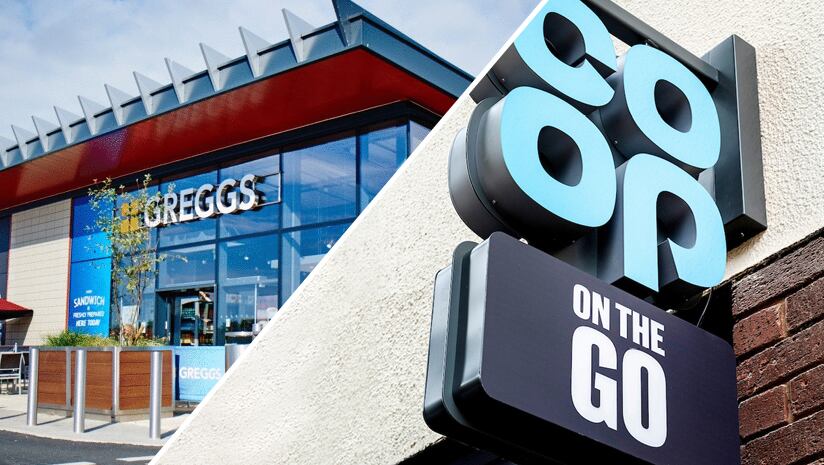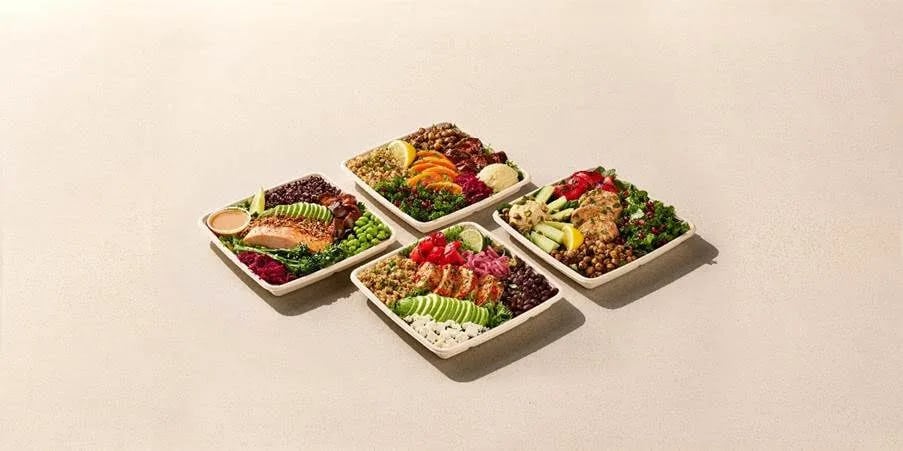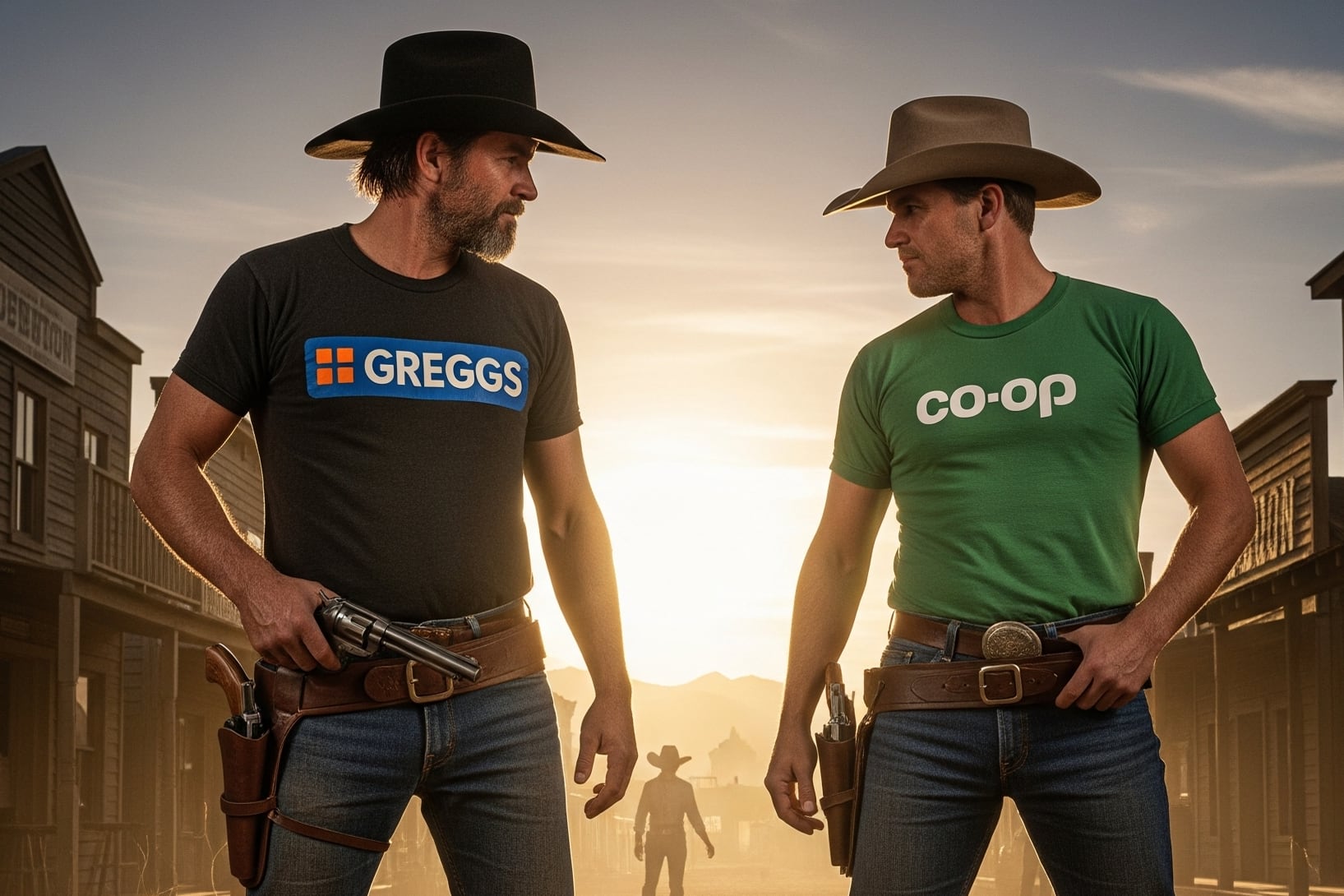What’s On The Go?
It’s a play into the foodservice sector by supermarket chain The Co-op, which has opened its first standalone food-to-go site in an On The Go branded location. What makes this move so significant is that, unlike the traditional food-to-go offer from a retailer, which forms part of its grocery offer, On The Go is a dedicated food offer that has the foodservice sector clearly in its crosshairs. Our esteemed colleagues on Restaurant’s sister title The Grocer have called Co-op’s new micro chain a ‘game-changer’ for UK grocery, but it could also change the game in foodservice, where traditional players are increasingly having to compete against their cheaper retail rivals for that lucrative lunchtime trade.
Is it a big deal?
It could well be. The first On The Go site opened in Solihull at the end of last month and The Co-op says it will open a further 15 sites in the coming months and plans to open several hundred over the next two to three years. If it hits these targets it could prove to be a significant competitor to the likes of Pret a Manger and Greggs, with the ability to offer a wider range of products than the latter currently does – lunchtime items at On The Go include smoked salmon, egg and spinach pots, sweet potato bhaji wrap, and teriyaki chicken salad bowls – and at prices that would undercut the former. Moreover, the sites will be open from 7am to 7pm and so will compete with brands that also target the commuter/early dinner sector such as Tortilla.

Should the foodservice sector be worried?
A move like this, and from a brand with significant clout and coverage, is likely to cause some discussions around the boardrooms of the big players. Over the past few years, the retail sector has increasingly encroached onto the patch of foodservice and supermarket lunchtime meal deals have become big business. According to market research agency Kantar, consumers spent more than £6bn on meal deals last year and the average consumer ate more than 73 meal deals in 2024. Possibly more worrying for the foodservice sector is that the humble retail meal deal, which typically comprises a sandwich, crisps or egg pot, and a soft drink, has captured the zeitgeist, with meal deal hacks and channels devoted to people eating them proving very popular on social media. A recent documentary dedicated to the meal deal even aired on Channel 5 earlier this year. With many people still feeling the pinch but still wanting to treat themselves, and the hospitality sector faced with almost crippling staffing costs that is forcing them to raise prices, the battle for value at lunchtime is fierce and unapologetic. The signs are already there that some of the major players are feeling the heat. Last month Greggs admitted it had experienced a challenging start to 2025 with a fall in profits and the closure of 56 sites, and announced it would be trialling a new smaller Bitesize format.

What can it do in response?
The battle may yet be won by tapping into the prevalent consumer trends, some of which are best served by more specialist food-to-go operators. The market for healthy food, for example, including more protein rich dishes and salads, is in rude health and brands such as The Salad Project, Farmer J, and Atis are better placed to cater to this trend thanks to their ability to create bespoke salads made from a large range of fresh ingredients. Pret a Manger recently responded to the rise in popularity of salads with the launch of a salad range called Super Plates that are nearly 60% bigger than its existing salad range, weigh around 450g and are high in protein. There has also been activity in the poke sector, a cuisine that has health at its core. Last month Honi Poke purchased rival Island Poke with plans to expand its footprint across the UK. With a focus on customisable poke bowls that use premium ingredients, its positioning is more premium than much of what the retail chains have to offer. That’s not to say supermarkets haven’t noticed this shift towards more healthy eating and are responding accordingly. In January this year Tesco revealed that its egg protein pot was its bestselling side in its meal deal and Lumina Intelligence reports that the supermarket giant is using AI and shopper insight to inform a new ‘healthy food to go’ layout at 30 of its high-footfall convenience stores and has expanded its range of healthy options.
Anything else?
Well, if you can’t beat them then you can join them, as in the case of YO!. The sushi brand, which is part of the Wonderfield Group (formerly Snowfox Group), is continuing the rollout of its branded kiosks in supermarkets to ensure it is part of the retail discussion. According to the group, it opened 182 kiosks in the retail sector during the 70 weeks to 31 March 2024, meaning it now has a significant presence in supermarkets across the country.
Any final thoughts?
The Co-op’s interest in the foodservice sector is an indication that food-to-go is a category in growth. According to Lumina Intelligence’s UK Eating Out Market Report 2025, coffee shops and cafés, sandwich and bakery, convenience and supermarket to-go and fast food are leading outlet and turnover growth in the eating out market ahead of pubs and service-led restaurants. The potential is there for further growth, but foodservice operators would do well to keep an eye on the continued threat retail poses.


